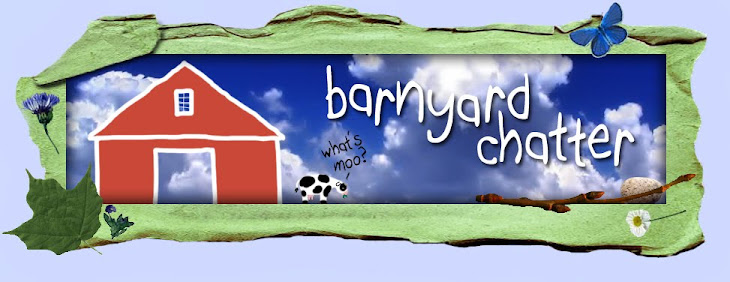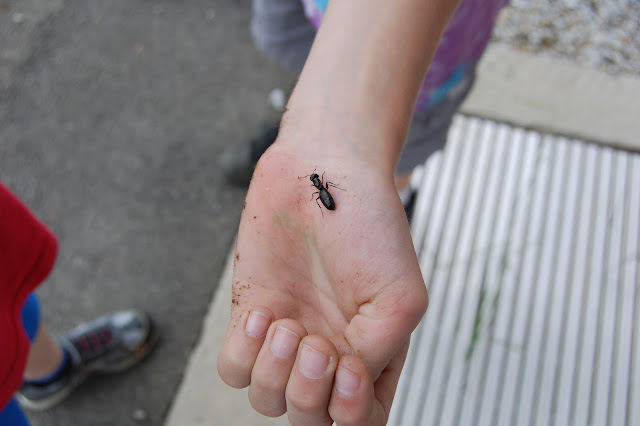Grades first through sixth all participated, having previously planted their seeds in pots in their classrooms. Today, they each dug a hole, mixed in our homemade organic compost, and nestled their seedlings into place!
Each student's flower is designated by a name tag and throughout the end of the school year, they will all measure and graph the growth of their sunflowers. They will also be conducting comparative soil studies.
Mrs. Gleeson gives instructions to the eager students
The proud, little seedlings, waiting to be given a new home
Weeding is hard work!
But rewarding when you see the results!
"A jiggly abdomen and a jiggly snout." -- 4th grader Matty's description of an ant he found
Shoveling is no walk in the park either!
We measured...
Mixed...
Planted...
Tagged...
...And we can't wait to see how our sunflowers grow!

























